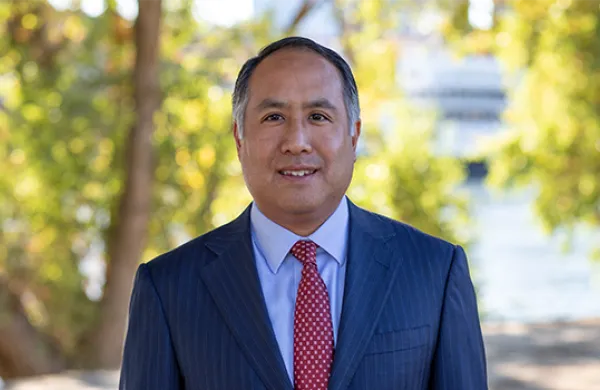The California State Teachers’ Retirement System unveiled a plan to cut investment costs over the next ten years, and one key will be managing more investments in-house.
CalSTRS published the plan online ahead of its upcoming board meeting Wednesday. The $226.8 billion pension fund’s investment committee still has to approve and accept the proposal before it could go into effect.
“To borrow a phrase from the global pandemic, ‘our goal is to bend the cost curve,’” according to the introduction.
CalSTRS’ senior team believes that it may be possible not just stabilize the costs of managing its investments but reduce them, even as the portfolio is expected to grow “significantly” over the next decade. Assets under management could grow to $348 billion in fiscal year 2028 and 2029, based on actuarial estimates. During that same time period, annual investment portfolio costs, which include CalSTRS’ support budget, investment management fees, carried interest or performance-based fees, and preferred fees, could rise to just under $1.8 billion.
However, if CalSTRS implements its savings plan, it estimates that it could keep costs around $1.2 billion. The plan is rooted in CalSTRS chief investment officer Chris Ailman’s collaborative model approach to investing, which aims to move toward more direct investing and collaboration between pension funds and other institutions.
The business plan includes provisions specific to each investment strategy. For instance, in global equities, CalSTRS plans to continue developing its internal trading desk and portfolio management team. Meanwhile, for fixed income, CalSTRS said that over the next five years, it may consider adding a green bond portfolio, collateralized loan obligations, and international debt, among other asset classes.
In real estate, CalSTRS intends to continue moving toward joint ventures and strategic investments into real estate operating companies. The retirement system also plans to manage more of these investments internally, which could save between $15 million and $40 million in fees annually over its current investment structure.
As for private equity, CalSTRS is in the midst of a multi-year program that will “significantly increase” the proportion of direct investments in portfolio companies, investing the way a private equity firm would. The initiative involves reorganizing staff to focus more on co-investments. On top of that, CalSTRS plans to increase its total allocation to private equity.
[II Deep Dive: CalSTRS Is Skeptical About the Market Rebound]
Finally, CalSTRS is considering whether it can expand its internal portfolio management capabilities in the risk-mitigation strategies asset class.
The retirement system would need to increase capacity for due diligence, portfolio construction and risk management in this category, in addition to centralizing certain middle and back-office functions. Because of that, CalSTRS said it would need to complete feasibility studies before making any decisions on this portion of its portfolio.







